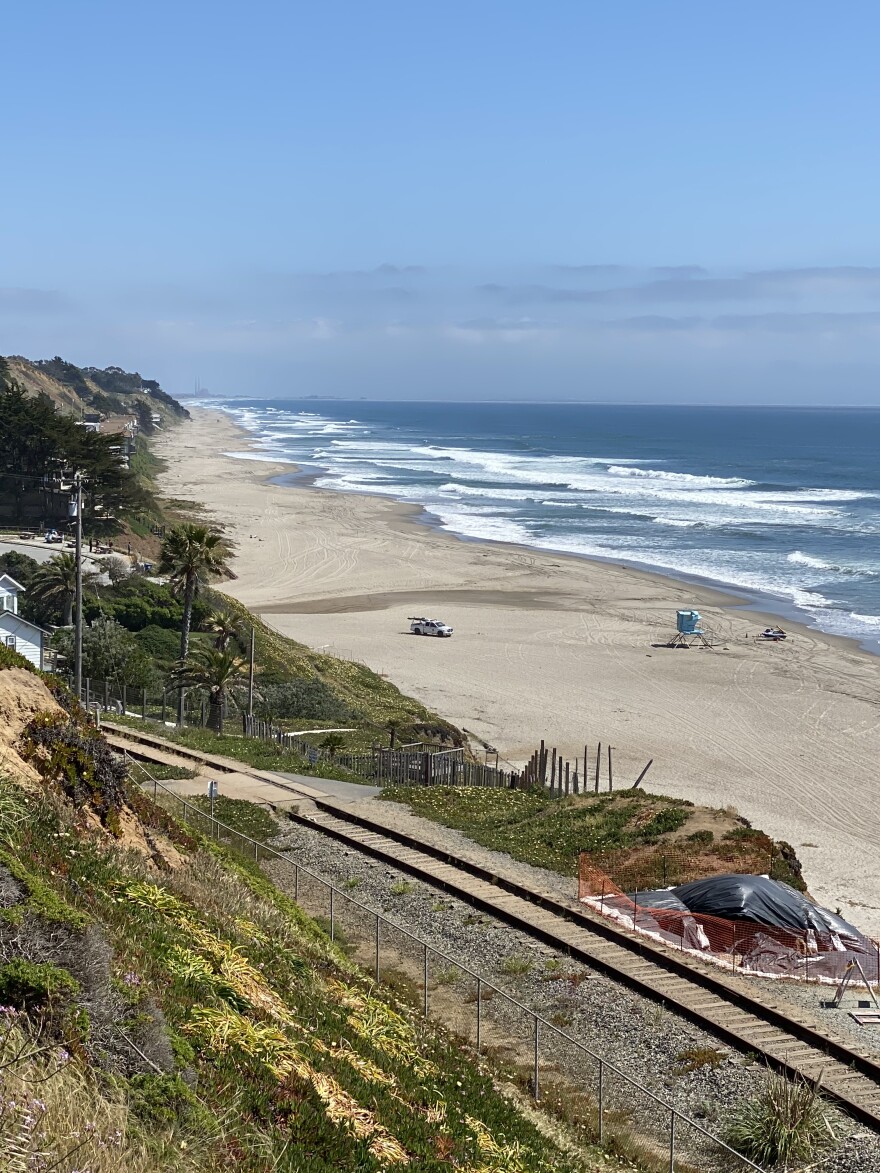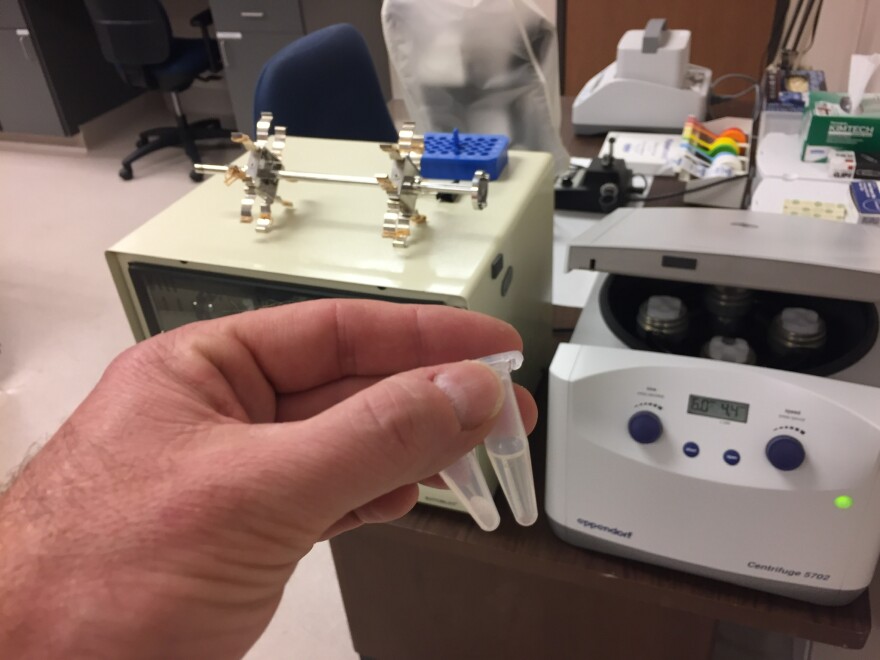The type of shark that killed a surfer in Santa Cruz County last weekend has been identified. But that’s just one of the pieces of the puzzle in this rare attack.
As the local surfing community celebrates the life of Ben Kelly, 26, scientists are piecing together what happened.
California has a lab that’s dedicated to investigating animal attacks.
“So the wildlife forensics laboratory is basically a crime lab,” Patrick Foy said.
Foy is a captain with the California Department of Fish and Wildlife Law Enforcement Division. Fish and Wildlife is one of the agencies involved in the investigation. Experts at their wildlife forensics lab in Sacramento helped determine it was a white shark, commonly referred to as a great white.
“In terrestrial animals, we look at saliva or we try to find the DNA on the saliva. Sharks don't really have saliva, but they have mucus,” said Foy.
In investigating the attack that killed Kelly, scientists look for microscopic traces of mucus in the victim’s wetsuit and tooth fragments in the surfboard. It takes a team to do this kind of work. Long Beach State University’s Shark Lab also helped out.

Kelly was about 100 yards out from shore at Manresa State Beach surfing with 2 friends, according to Gabe Mckenna, a public safety superintendent in the Santa Cruz District with California State Parks, the lead agency in the investigation.
"It's my understanding that the surfer made it onto the shoreline. The victim was later pronounced on the beach,” McKenna said.
The Santa Cruz County Sheriff’s Office determined the cause of death for Kelly was a bite to the right knee, damaging the popliteal artery and vein.
“They try to measure the distance between the teeth in the bites and a lot of different things that go into an algorithm to try to identify the length or estimated length of this animal,” said Foy.
They determined the shark was between 10 and 12 feet.
“I mean, fundamentally, this young, strong, healthy young man was killed by a shark. And for his family that, you know, the size and length, this probably doesn't really matter,” Foy said.
But Foy says collecting the data helps scientists learn more about sharks and their behavior.
The database of shark attacks in California begins in the 1950s. Dr. David Ebert, a local shark expert, says attacks are rare.
“On average, over that 70 year time period, there's been about three a year,” he said.
Ebert runs the Pacific Shark Research Center at Moss Landing Marine Laboratories and travels around the world studying sharks. He says white sharks begin eating marine mammals, instead of fish, when they are about the size of the shark that attacked kelly.
It’s another piece of puzzle, but there are still questions. Ebert says the timing of the attack is unusual. It happened around 1:30 in the afternoon.
“During the day, the sharks tend to be kind of inactive and that they're just sort of hanging out back of the surf line. Sharks tend to be most active, like in the evening, during the night and in the early morning,” said Ebert.
He says the time of year, May 9, is unusual too. White shark attacks generally occur from about July to November in California.
“It's a wild animal. And so you just don't know why...why things happen at a certain time,” he said.
Over the years, Ebert says awareness of shark behavior has grown with technology like go-pros used by surfers, divers and kayakers. White sharks have always been part of the ecosystem of the Monterey Bay, including the beach where the attack occurred.
“The surfers that are locals, they know the sharks are around there. If I've been up in the helicopter, we see some there, we’ll usually call the lifeguards and tell them to let the surfers know that we're seeing sharks down there,” said Ebert.
It’s a known risk when you venture into the ocean here. But still, Mckenna with California State Parks says this was an utterly tragic event.
“I've never been a part of anything like this. I hope to never have this occur on our beaches again. But it is incredibly rare,” said McKenna.
Surfing these waters was Ben Kelly’s passion. He was a surfboard shaper and had his own business in Santa Cruz called Ben Kelly Surfboards.

On his company website, he wrote, “I love the process of creating: taking something raw and formless and making it into something both functional and aesthetic.”
Kelly was married and had a close circle of friends, some of whom were by his side when he died. The outpouring of support on his social media shows how loved he is.
To support Ben Kelly's family, click here for his memorial fund.


